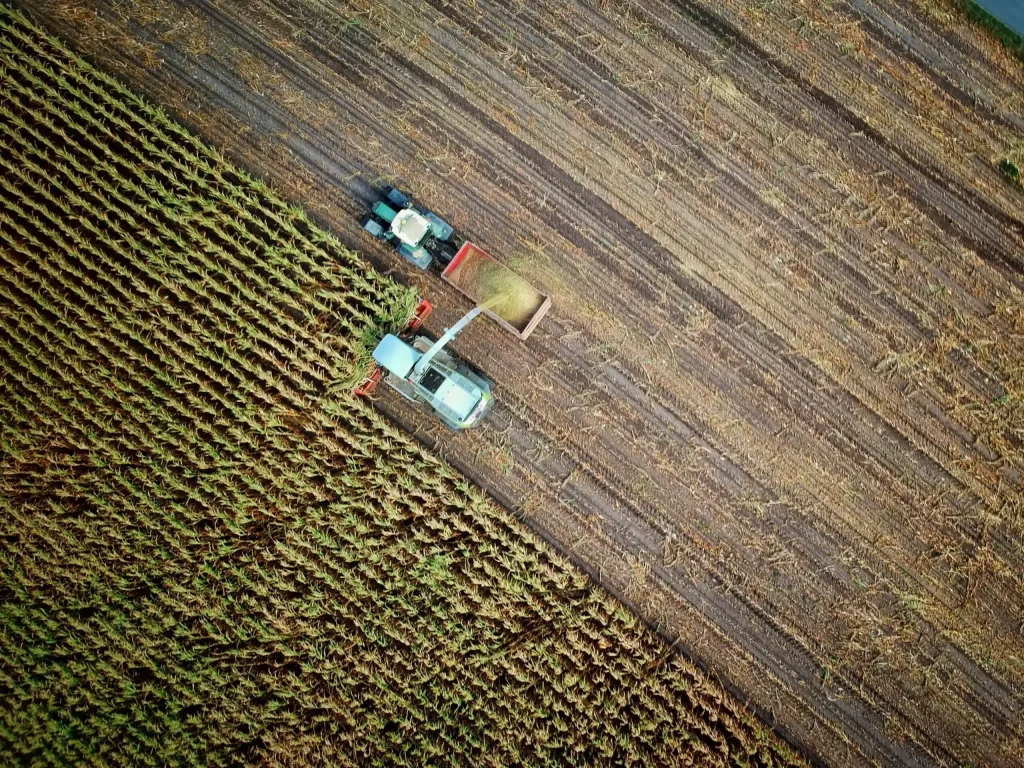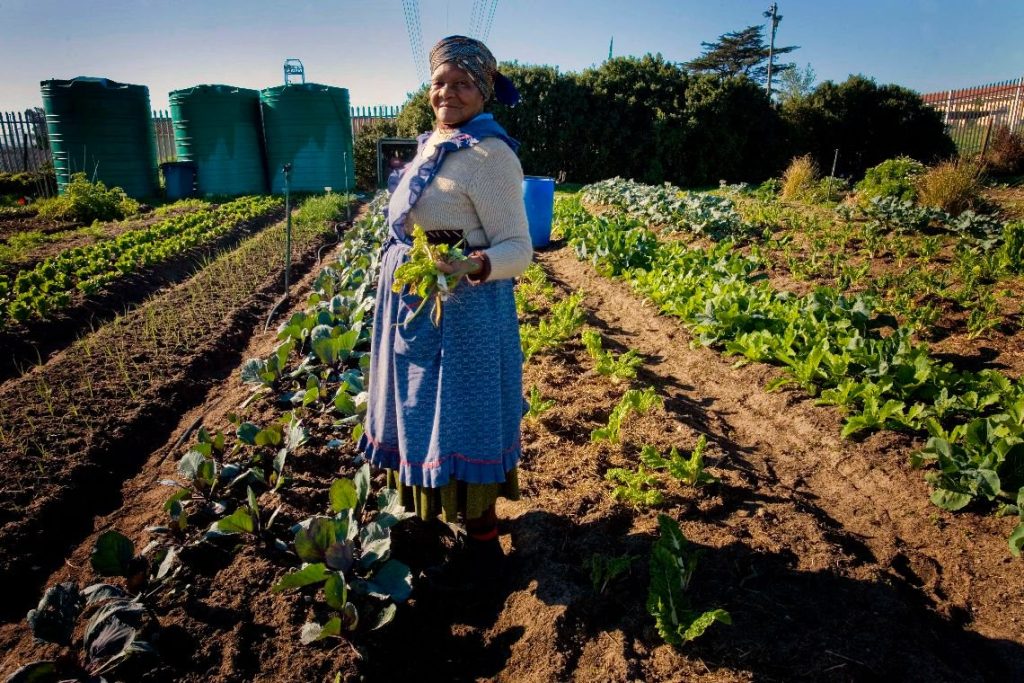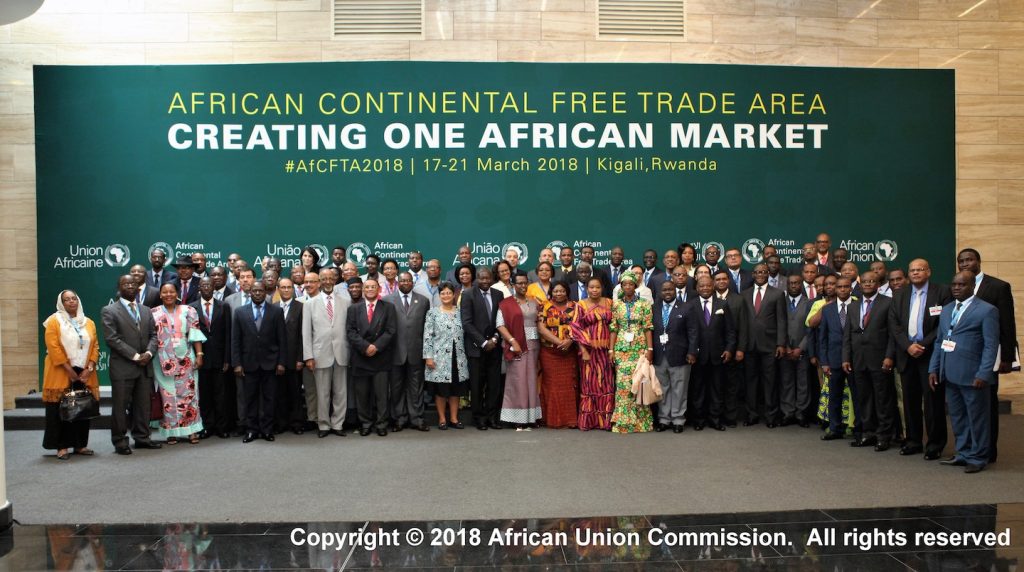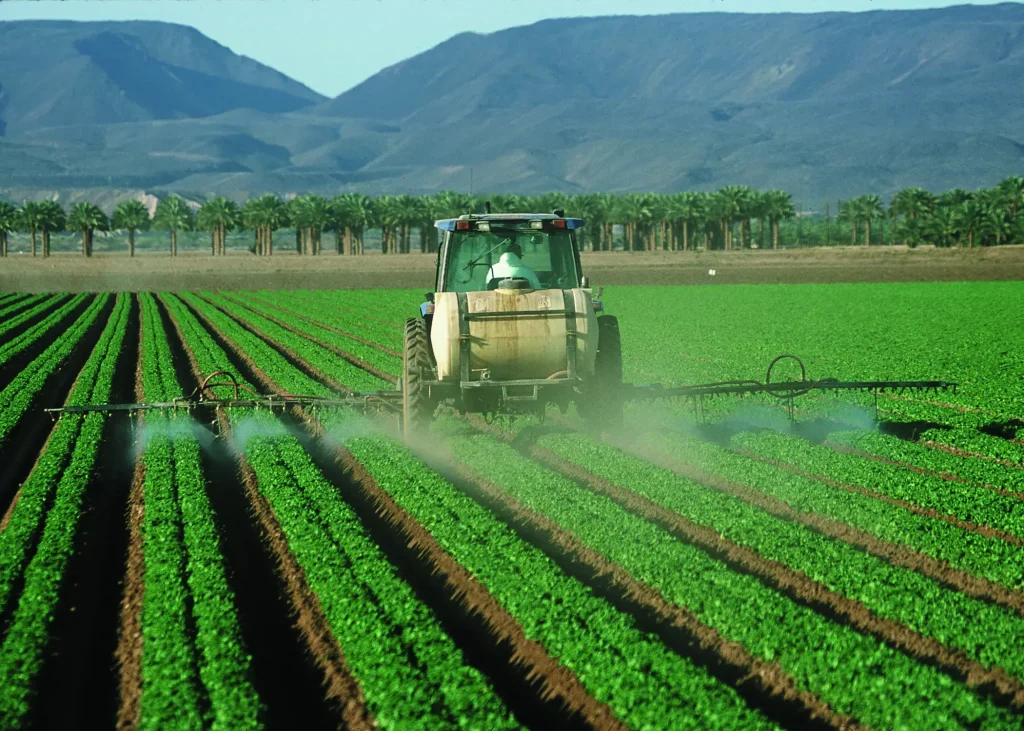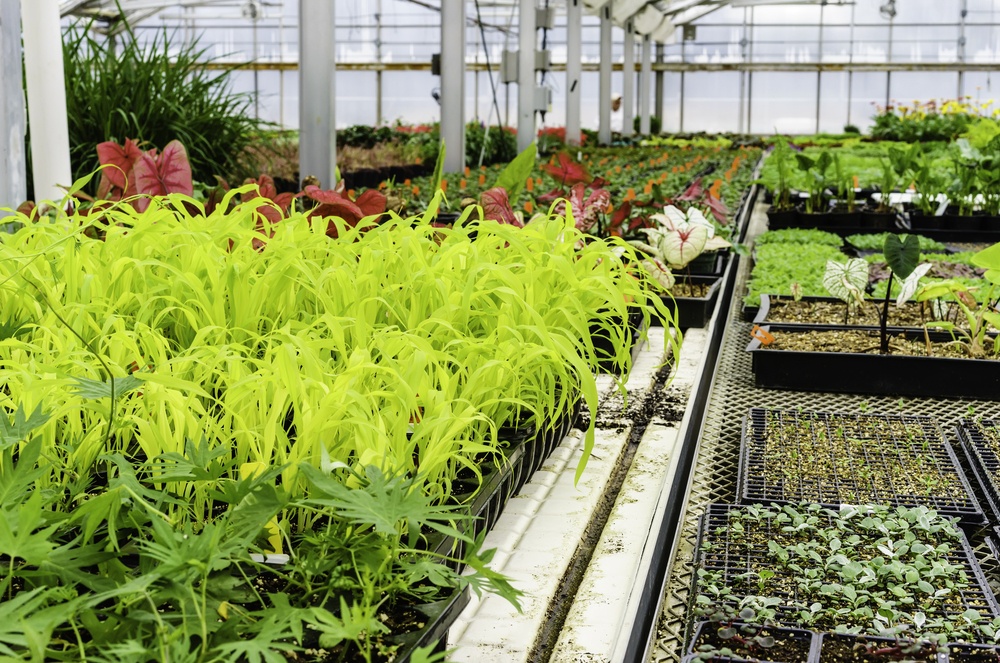The market for alternative meat products has been growing in recent years. In our previous article on Plant-Based Food, we discussed that the demand for these products is driven by a desire to reduce livestock gas emissions. Methane, in particular, is about 34 times more damaging to the environment compared to CO2. According to Greenpeace, […]
Precision Agriculture: Accuracy promotes success
Precision Agriculture (PA) is a farming methodology that uses data and technology to optimize input management, making farming more efficient and productive. This article shows how accuracy promotes success by presenting the different precision agriculture technologies, their applications, and their key benefits. In the United States, advanced farming technologies are widely adopted. Over 25% of […]
Plant-Based Food Market: Growth and Future Outlook
Food production, specifically meat production, is responsible for nearly 60% of the planet-heating gases emitted by humans. In this article, we will explore the significant growth that the plant-based foods market has witnessed in the past few years, as well as its projected expansion over the next decade, highlighting major consumer trends that are driving this growth.
Successes, failures, and the way forward for African Agriculture policies
This is part one of our African Agriculture series – where we explore successes, failures, and the way forward for African Agriculture policies. The dangers of land reform policies – The case of Ethiopia Land reforms have been a thorny issue in Africa since the independence periods. Many countries, including South Africa and Nigeria, are […]
Land Reform in Africa: lessons from Nigeria and South Africa
Africa has more than 202 million hectares of uncultivated land, equivalent to almost half of the world’s usable uncultivated land. Despite this, Africa suffers from the highest poverty rate in the world with nearly 47.5% of the population living below the poverty line of US$1.25 a day (as of 2008). Poor resource management and improper […]
The Africa Continental Free Trade Area: Benefits, Costs and Implications
At the heart of Africa’s economic transformation, the African Continental Free Trade Area (AfCFTA), signed by leaders from 44 African nations at the African Union Summit in Kigali, Rwanda, from March 17th to 21st, 2018, stands as a monumental pact. This ambitious agreement aims to unify Africa into the world’s largest single market, promising to […]
Investments in Agribusiness in Africa
Can Africa feed the world? The sector of Agribusiness in Africa has been experiencing steady growth, potentially positioning the continent as a significant player in global agriculture. With a focus on enhancing resource efficiency, Africa’s agribusiness could not only achieve self-sufficiency but also contribute to global food security. The focus on agriculture emerged from […]
Agriculture in Ethiopia
Ethiopia is a landlocked country split by the Great Rift Valley. It is located in the Horn of Africa, bordering six (6) countries: Djibouti and Somalia to the East, Eritrea to the North and Northeast, Kenya to the South and Sudan and South Sudan to the West. With a population of 94 million (2013) growing […]
Agriculture in South Africa: Challenges, and Opportunities for Growth
Located in the southernmost part of the African continent, South Africa shares borders with six neighboring countries: Botswana, Namibia, and Zimbabwe to the north, Mozambique and Swaziland to the east, and surrounding the kingdom of Lesotho. The country’s climatic conditions vary, with a predominantly semiarid climate and a subtropical climate along the east coast, characterized […]
Kenyan Agricultural Sector
Exploring the Kenyan Agricultural Sector reveals a landscape rich in diversity and opportunity. As a cornerstone of Kenya’s economy, agriculture plays a pivotal role, leveraging the country’s vast arable land and favorable climate to cultivate a variety of crops for both export and local consumption COUNTRY DESCRIPTION Kenya is a large country of 580,367 km² […]



